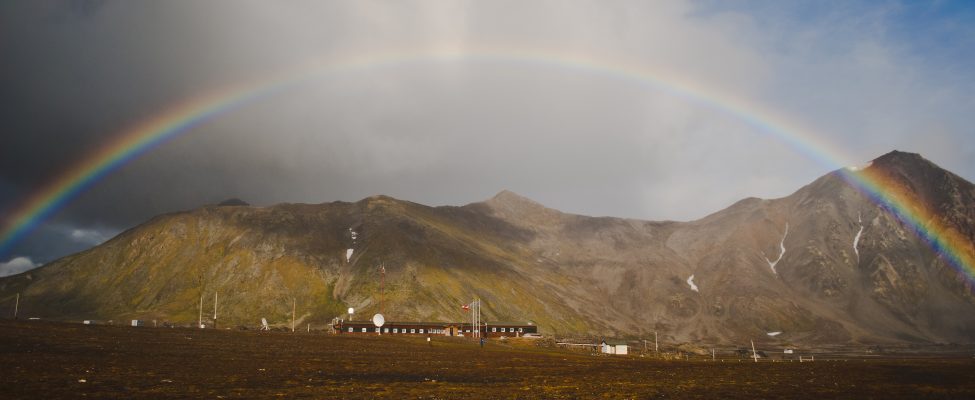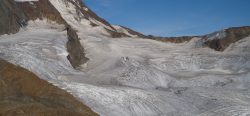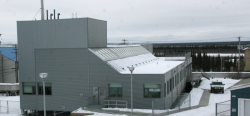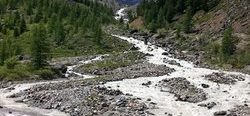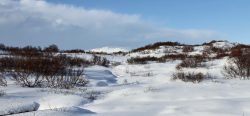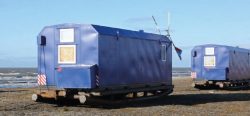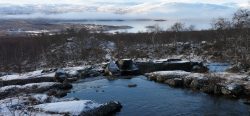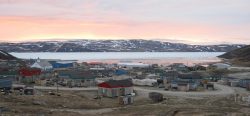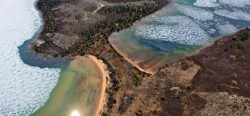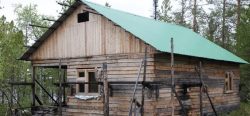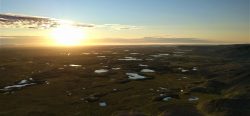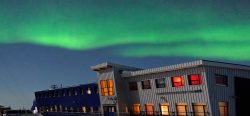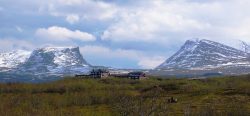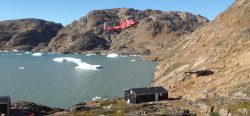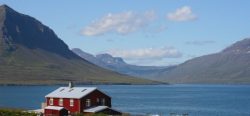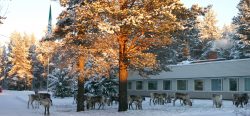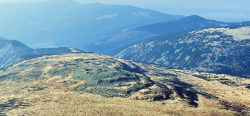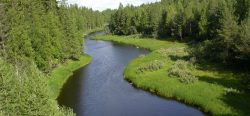Contact Details
Hornsund
9170 Longyearbyen
Svalbard, Norway Station Manager:
Wlodzimierz Sielski
TA/RA contacts:
Wlodzimierz Sielski
- Phone: +881 631 444 070
- Email: hornsund@igf.edu.pl
- Link: http://hornsund.igf.edu.pl/en
STATION NAME AND OWNER
The Polish Polar Station Hornsund is operated by the Institute of Geophysics, Polish Academy of Sciences.
LOCATION
The station is located on the shore of the Hornsund fjord in the southern part of Spitsbergen, the largest island of the Svalbard archipelago. The station lies within the boundaries of the South Spitsbergen National Park. Its location makes it the northernmost year-round Polish research infrastructure.
BIODIVERSITY AND NATURAL ENVIRONMENT
The landscape of the South Spitsbergen National Park is dominated by mountains and glaciers. A narrow band of plains and raised marine terraces covered with tundraA type of ecosystem in which tree growth is limited by low temperatures. The origin of the word is from from the Kildin Sami word t?ndâr, meaning "uplands" or "treeless mountain tract". In the northern... More vegetation (including various species of lichens, mosses, flowers, and shrubs) stretches along the shores of the fjord. Reindeer, arcticDefinitions of the Arctic vary according to environmental, geographical, political, cultural and scientific perspectives. Some scientists define the Arctic as areas having a high latitude, long winters, short, cool summers,... More foxes, polar bears and many bird species can be observed in the vicinity of the station.
HISTORY AND FACILITIES
The Polish Polar Station Hornsund was established in 1957 as a winter base during the International Geophysical Year 1957/1958. Over the next few years, it served as a base for summer research expeditions. The station was thoroughly renovated in 1978 and has been in year-round operation since then.
GENERAL RESEARCH AND DATABASES
The research at the Polish Polar Station Hornsund focuses on climateThe average weather we would expect over a long period of time (seasons, years, decades). Climate varies from place-to-place across the Earth. Climate is determined by long-term (over at least... More, glaciologyThe study of glaciers. More, monitoring of geophysical fields (seismology, geomagnetism, atmospheric electricity), permafrostPermafrost is frozen ground that remains at or below zero degrees Celsius (32 degrees Fahrenheit) for two or more years. It forms in regions where the mean annual temperature is... More and geomorphic processes. The main study objectives are related to the evolution of the high arcticDefinitions of the Arctic vary according to environmental, geographical, political, cultural and scientific perspectives. Some scientists define the Arctic as areas having a high latitude, long winters, short, cool summers,... More environment with respect to climate changeAccording to the United Nations Framework Convention on Climate Change, climate change is change in the climate of the whole Earth or a region of the Earth that is believed... More. Marine and terrestrial ecosystems are systematically studied. Existing databases include meteorological and glaciological records, geophysical data, as well as marine and terrestrial biological parameters.
HUMAN DIMENSION
There are no settlements located in the near vicinity of the station, which in general is only accessible for research purposes. Longyearbyen, the administrative center and the largest settlement of Svalbard, is situated approximately 140 km north of the station.
ACCESS
The Station can be reached from Longyearbyen by boat (summer season), snowmobiles (spring season) or by helicopter (year-round). There are no roads between the station and other Svalbard settlements.
